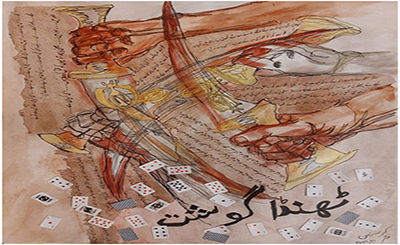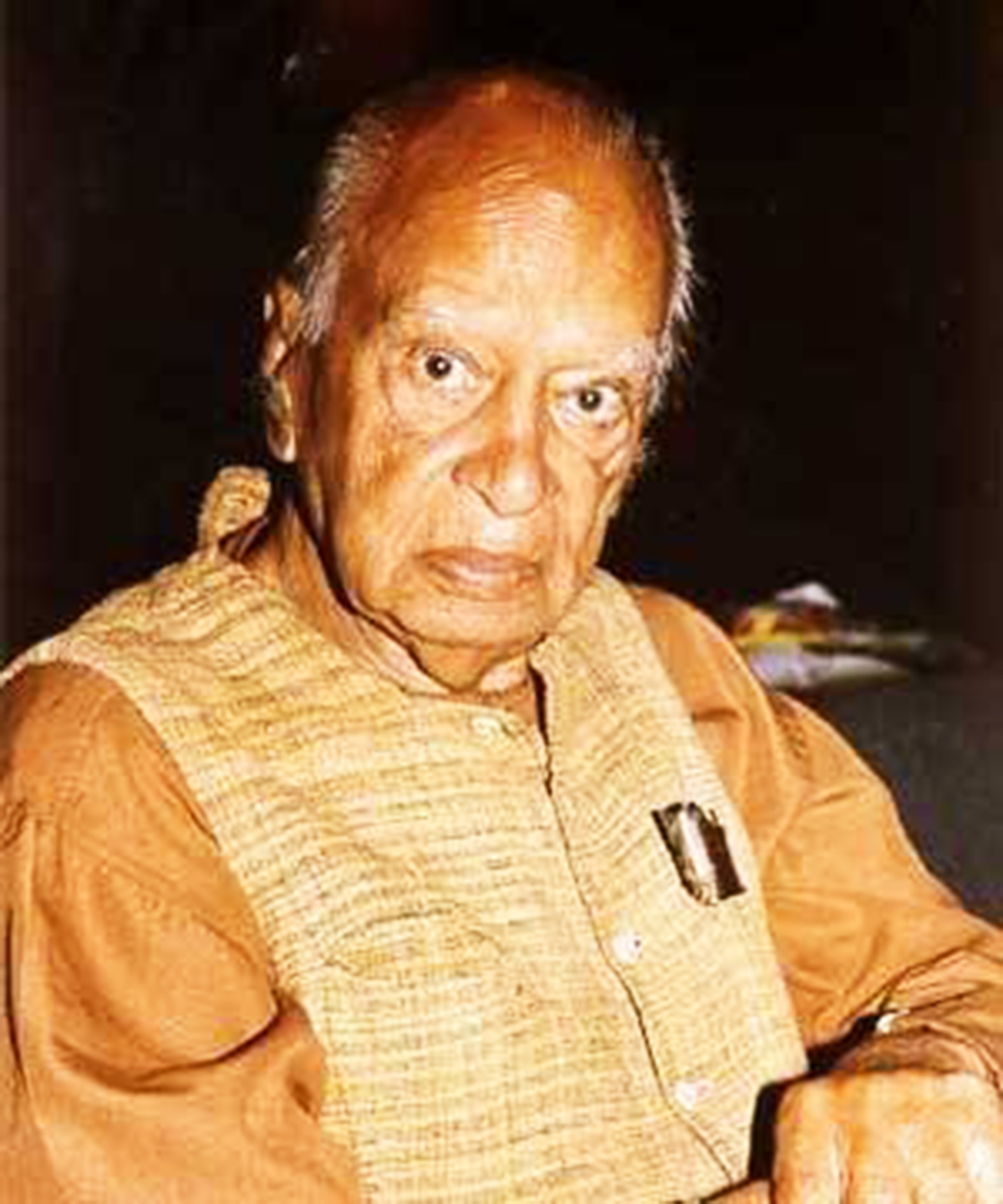
Alone on the mountain slope,
Alone with all my woe,
My eyes along the heaven grope
And look in the calm lake below.
The lake is as blue as the sky.
I felt within me naught but night,
As if in the water I would die
And all would be all right.
Hermann Hesse
As we celebrate the birth anniversary of Mulk Raj Anand (December 12, 1905-September 28, 2004), one of the stalwarts of Indo-Anglian fiction, I am overwhelmed by a volley of questions about the ways Anand negotiates “power discourse” in his child-adult hybrids: what is Anand’s philosophy and what do we, as educators, need to embrace? What is the internal design of his stories that nurtures power? Doesn’t his knowledge of freedom, fractured and rendered futile by negation of choice and desire, deplore the fallacy of the human system of stratification? Is he not developing the ability of knowing “the child” and harnessing the power of this knowing eye to the journey of self-discovery? What is the vision of Anand in today’s crises-ridden, ego-racked adult world against which the child’s world is pitted?Is he advancing an ascent by salvaging the decaying childhood consciousness? Are his child-texts but necessary preludes to the unfolding of a greater awareness which is transformative, divine, pure and happy in preserving the beauty and innocence of childhood? I argue that in our tendency to situate Anand’s stories in the context of post-colonialism, a significant aspect is overlooked: the unfolding of Anand as an educationist. Here, I am tempted to use Osho’s definition of a “master” and the metaphor of “a hollow bamboo” to portray Anand’s healing touch as he is tortured by the wasting away of wonder, wonder suffering at the hands of the brute forces of searing reality of the adult world, wonder degenerating into sickening bitterness and deepening emptiness, wonder which nourishes a liberating subversivensss in the form of a naïve, childlike hope.
I propose that Anand’s child-texts manifest Sri Aurobindo’s idea of “the psychic”. Moreover, Anand seeks a purge from the perversion of denial to the poise of harmony. In this context, I analyse in depth two of Anand’s iconic child-texts — “The Lost Child” and “Fear of Fear”, two stories which detail the worlds within and the worlds without. These stories are testimony to Anand’s search and striving for the power of an evolutionary alchemy. My interpretation of power discourse in Anand aims at discovering his narrative strategy, which I call, “a startling suddenness” to create a pregnant pause of splintered silence with a view to redeeming the anguish of childhood consciousness. Anand’s narrative ethos display his uncanny prescience, a premonition of decadence in the disintegration of childhood wonder and longing. I contend that this narrative tool is the underscoring of power and knowledge.
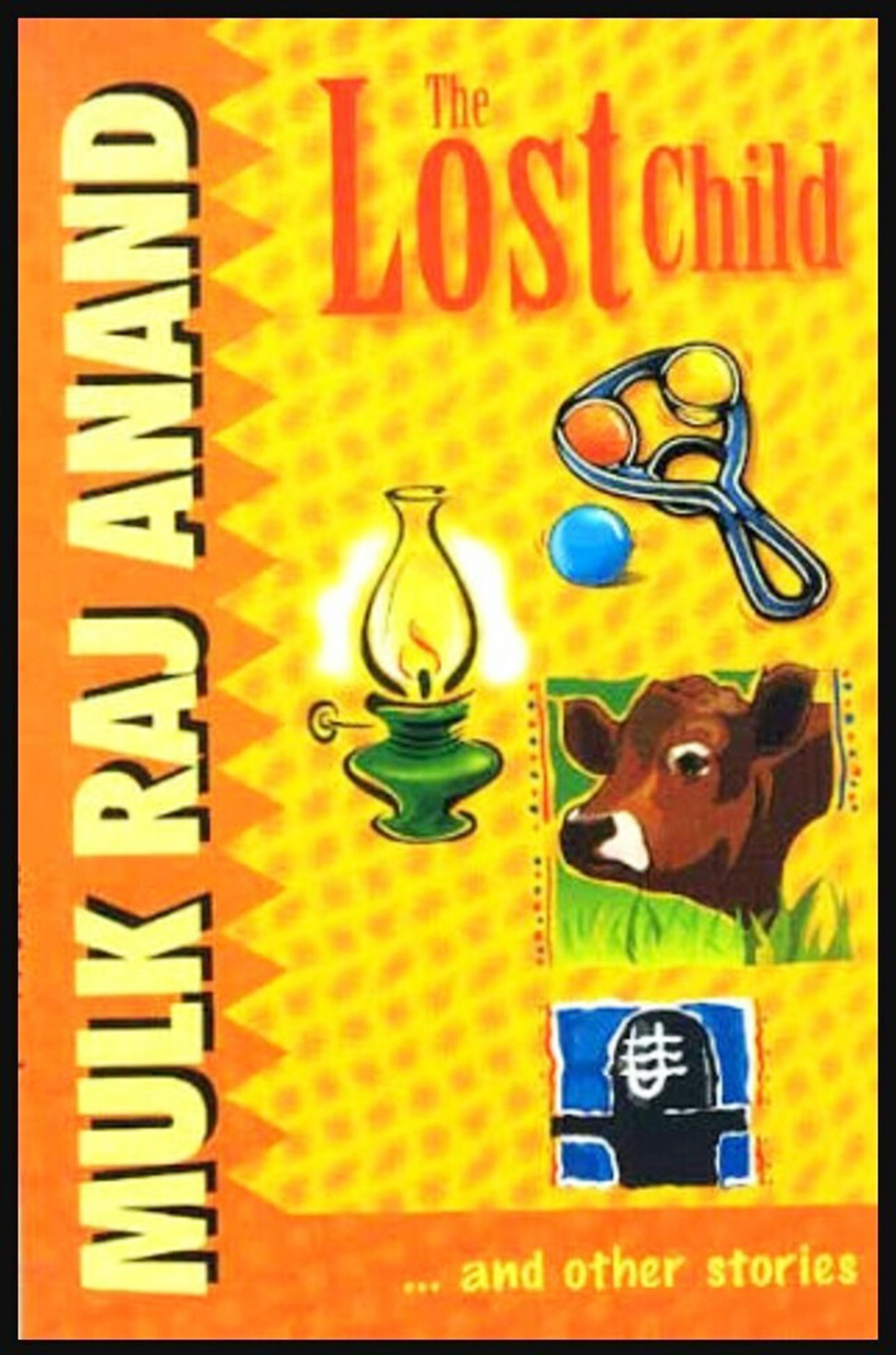
Anand is largely concerned about the loss and disappearance of childhood. His diagnosis of decadence is the stagnancy of the adult world which inhibits, limits and finally reduces the realm of childhood naivety and imagination in an oppressive and relentless manner. Anand is tortured by this pronounced sense of deprivation and denial which constricts the world of a child. He is anguished by the sense of certainty with which the adult world delivers this idea with impunity. He empathises with the “anguished” child, he feels the anguished child and he stands outraged and mortified. His child-texts create a moral imperative to know the dangers of desensitisation and the threats to childhood growth. Anand radicalises a way to be wary of this malady of the stereotypical, ego-centric adult world. This adult world is alarmingly ignorant and ill-informed about how a child’s mind works, how a sense of self-worth is nipped in the bud before it can burst forth. Anand’s child-texts, written primarily with a child as a protagonist, need to be interpreted as a discourse about power — power of a child’s mind which has the incredible capacity for reading beauty. It is also the power to be mindful of the persistence of adult preferences which are indifferent to and intolerant of the possibility of an alternative universe which abounds in the free play of intuition, imagination and illusion. It is what Mulk calls the pathways to “deeper self, the real psychic entity within”. Anand hints at the loss of this organic being in a child which denies “The gold of a sunny childhood, / Open spaces, a home that binds/ Us to the common ground…”, (What can we give our children? ) to quote our most-loved Ruskin Bond and inhibits the further longing, capacity and enterprise for self-transcendence.
In “The Lost Child”, the unnamed child is the universal child who is fearful due to denial of freedom and absence of self-determinism. The child’s existence, subject to constant repudiation and repression, is reduced to an exercise in futility. What is denied is the innate power to appreciate the radiance and glory of Nature. The nature motif in the story imparts the power of freedom. However, the invasion of the adult world thwarts the spirit of unalloyed joy the lost child exudes and pines for. The child is “lost” caught between invasion and imposition. What is lost to the child is the wholeness of the world. It puts an end to the child’s hunger of the human heart in discovering the meaning of life in a reckless manner. Through the juxtaposition of lyrical abundance in the world of nature and dreadful deprivation in the world of the child, Anand brings to the fore the nature of psychological and emotional appropriation; what needs attention and check is the adult world and its mechanical mannerism. Anand is concerned about the power of “the self as an organised whole”, to quote the illustrious teacher-thinker Sarvepalli Radhakrishnan, which is trampled over by the outside world. Anand the educator seems to be agonised by this sudden dismissal of truth and, no wonder, his narrative ethos is “eruptive” in nature. I cannot help recalling the death metaphor by Tagore to explain the nature of human perception and its tendency to court false knowledge: “It (death) looks black as the sky looks blue; but does not blacken existence, just as the sky does not leave its stain upon the wings of the bird.”
The instructional oppression, represented by the father figure in Anand’s “Fear of Fear”, demonises the “child”. The child’s resistance to the tyranny of pre-conceived oppression brings out the enormity of hardcore power structure. His violent behaviour betrays his profound sense of vulnerability and pent-up anger against a system which fosters denial and intolerance. The child’s physical violence stems from parental apathy and the tragedy of abysmal poverty. Anand, besides showing the power of resistance, lays bare the empirical relationship between poverty and violence. What is far-reaching is the psychological anguish of the child, the haunting memory of deprivation the child is doomed to struggle with, the abuse of power and its consequent discontent the child inherits compared to the economic debility the family of the child suffers from. Anand’s use of extended metaphor of fear foreshadows the crisis of childhood faith with an intuitive insight recalling Tagore’s “Where the mind is without fear” in a paradoxical manner and TS Eliot’s “Where is the life we have lost in living?” in ominous bleakness.
In an age of the “lost child syndrome”, Anand becomes increasingly relevant in today’s world of homogenisation, in today’s world of rampant changes through technology and genome-editing, in today’s world of what the science writer Matt Ridley says “the epidemic of absence”, in today’s world of inevitable crisis that the Lebanese-American poet-activist Etel Adnan calls “the cosmic garbage that the universe has become”, Anand’s child-texts are enduring power narratives of being and becoming which generates a multi-generational appeal. He wants the anonymous voice of the “lost child” to be heard and empowered. His narrative is committed to saving the lost child. Anand cautions against the potential dangers of the rituals of the “hive” mind of the adults which inflicts the child-consciousness.
Moreover, in this context, one cannot ignore the ingrained educational hierarchy in India about, what Amartya Sen identifies as the “first boy syndrome”, breeding inequalities and asymmetries. In the unfolding of the knowledge of power, the urgency to unveil the luminous truth of knowing and be known as a knower is what invests beauty and power to the narrative ethos of Anand the educator or call him the “awakened alert” master rendering the Upanishadic power of transformation “Uttisthatajaagrata” (Arise! Awake!) to kindle the elan vital, the life vital in sustaining the beauty and essence of what Sri Aurobindo terms “individual subjectivity”. Anand advocates fearless reasoning and his “the lost child” (emphasis on the definite article) echoes the prophetic words of Swami Vivekananda: “Power will come, glory will come, goodness will come, purity will come, and everything that is excellent will come, when this sleeping soul is roused to self-conscious activity.” Anand is a visionary; the stranger in “The Lost Child” who tries to pacify the inconsolable child, the mother in “Fear of Fear” who nurses the child on her lap following the child’s outburst of fury. No wonder, the power of redemption which Anand, one of the finest thinkers of limit-experiences envisions, recalls the apocalyptic second coming of Kali or Christ.
More from The Byword
Comments
*Comments will be moderated




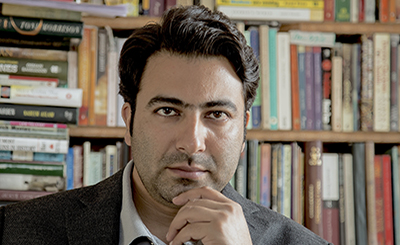
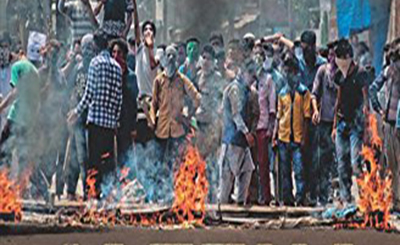
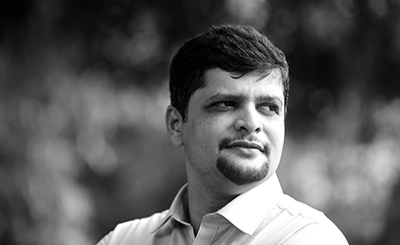
THUMBS.jpg)



